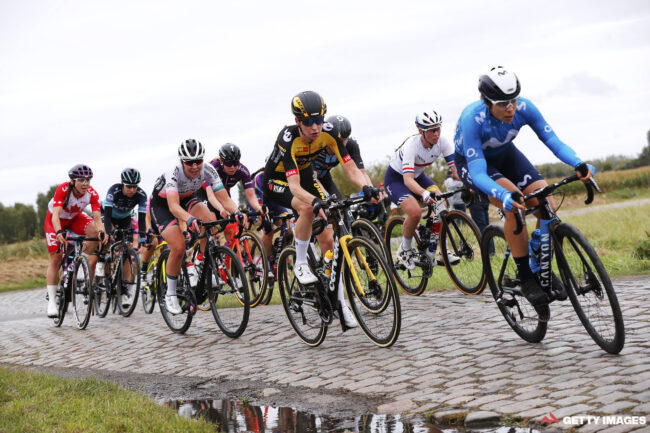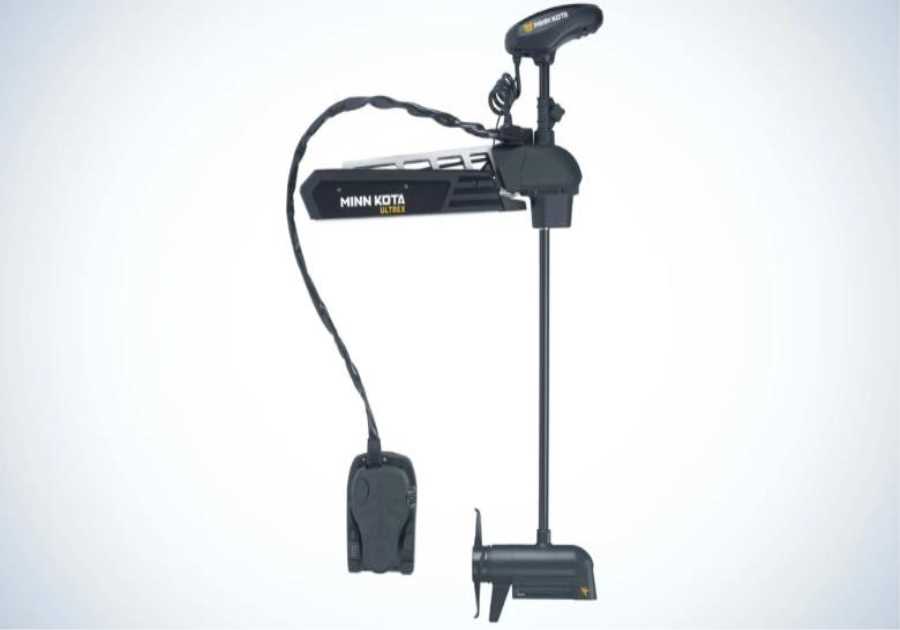
The two women's cycling unions are at odds over the prize money management system
As women’s cycling continues to grow, with higher salaries, more racing, and more at stake, the systems in place on the men’s side of the sport are creeping into the women’s. The UCI has announced that a Centralized Prizemoney Management (CPM) system will be used in 2022, like the one the men’s peloton has but different in a few key ways.
Almost a week ago, The Cyclists’ Alliance (TCA) – one of two women’s cycling unions currently representing the peloton – highlighted potential red flags in the men’s system that are not currently in place in the women’s but do raise concerns about the system as a whole. The Cyclistes Professionnels Associés (CPA), the other union, responded with an aggressively worded statement claiming they reserved the right to sue TCA for false information.
The Cyclists’ Alliance stated clearly at the head of their summary that they wanted to illustrate how the men’s system works and the key issues it poses, but that the women’s CPM would not be the same as the men’s in 2022.
So how does the men’s CPM work? A portion of prize money won at WorldTour, Pro Series, and .HC races is deducted and handed over to the CPA. Some goes into a transition fund for qualified retiring riders to help ease them into retirement (this fund is currently -2.8 million euros, which is problematic), some goes to the development of national riders associations (it is not clear what happens to that money if a country does not have a rider’s association or is not a member of the CPA), some is for anti-doping. Then there are multiple fees deducted for the CPA.
According to the CPA the women’s prize money would only receive a 1.82% deduction plus €300 fee per WorldTeam and €200 per ProTeam for bank charges, which The Cyclists’ Alliance made clear at the end of their report.
The purpose of The Cyclists’ Alliance report was to highlight potential issues with the system and to put forward questions about the system and its future of it to the UCI. Questions included: which races will be covered, what would be done about the races not covered and those that are notoriously hard to collect prize money from, whether the independence of the CPA is guaranteed, what if riders don’t want their prize money managed by the CPA, and more. The Cyclists’ Alliance also questioned whether the UCI and CPA were creating a monopoly when it came to prize money distribution.
The CPA’s response, five days later, was titled “Fake news alert: to protect the riders we cannot lie to them.” Instead of answering the questions posed by The Cyclists’ Alliance, the response instead claimed that TCA’s article contained “false information disclosed with the clear intention of defaming the CPA and manipulating the riders.”
The CPA continued to say that the athletes themselves are free to decide who will distribute the prize money within their team after the CPA has managed it.
But within the CPA’s statement lies the problem with the entire topic.
“The UCI, with a pragmatic approach, as part of the reorganization of women’s cycling has decided, in consultation with the CPA, to apply centralized management to World Tour and Pro-series races for the 2022 season before extending it to class races .1.”
In other words, the UCI has decided, without consulting the riders, what to do with their prize money. The Cyclists’ Alliance stated in their summary that “the prize money belongs to the riders, they should be entitled to take part in this discussion.”
On the men’s side of the sport as well, there is currently a power struggle between two unions, the CPA and the Rider’s Union.
The CPA has been around longer, the Rider’s Union is new to the scene. When it comes to riders’ influence in the goings-on of the CPA, the voting system works such that nations that are members of the CPA (Italy, Portugal, Switzerland, France, Spain, Australia, Poland, Colombia, Belgium, and a combined body for North America) have one representative for all the riders of that nation or area, in the case of North America. For example, the roughly two-hundred riders of Italy are represented in one block vote. Anyone whose nation is not represented that way – Great Britain, the Netherlands, Denmark, to name a few – can only vote for themselves which in turn means that they are not represented fairly.
The Rider’s Union operates under a one rider, one vote system.
There is also the issue of the CPA’s and the CPA Women’s relationship with the UCI. Some would argue that a union, created to represent and push what is best for the riders, cannot also be so close to the governing body of the sport. Until now, the CPA and the CPA Women are the only unions recognized by the UCI. The Cyclists’ Alliance and the Rider’s Union, however, have accumulated a lot of members who prefer their representation over the CPA.
The two unions could co-exist together, but the display we’ve seen this week by the CPA indicates it’s not an easy road ahead on that front.
Riders from the women’s peloton responded to the CPA’s attack of The Cyclists’ Alliance on Twitter. World time trial champion Ellen van Dijk said “as riders, we asked [The Cyclists’ Alliance] to ask questions as we need transparency around the prize money platform. All we need is answered instead of a threatening statement.” Annemiek van Vlueten added “+1 agree.”
Dear @women_cpa, I don’t think this is the best way to contact, but I feel like I need to react to your
— Ellen van Dijk (@ellenvdijk) January 14, 2022
As riders, we asked @Cyclists_All to ask questions as we need transparency around the prize money platform. All we need is answers instead of a threatening statement
https://t.co/EygTBCqNzq
A prize money management system may not necessarily be a bad thing. Something in place to make sure prize money gets to the riders (and not their team managers) in a timely fashion from all the races, especially those that tend to either not pay or take their sweet time. The debate between the two unions raises questions about future representation of the women’s peloton and how exactly the CPA and The Cyclists’ Alliance will come together for the common good of the women’s peloton, the people they both claim to represent.
-------------------------------------
By: Abby Mickey
Title: The two women’s cycling unions are at odds over the prize money management system
Sourced From: cyclingtips.com/2022/01/the-two-womens-cycling-unions-are-at-odds-over-the-prize-money-management-system/
Published Date: Fri, 14 Jan 2022 18:01:24 +0000
Did you miss our previous article...
https://playeverysport.com/recreational-sports/specialized-sworks-7-lace-shoe-review-classic-form-more-modern-function
.png)







